Exploring Innovative Applications of Yarn Spuns Pbo Fiber in Modern Textiles
Table of Contents
- Innovative Characteristics of PBO Fiber in Textile Engineering
- Challenges in Spinning Techniques for PBO Fiber Yarns
- Durability and Performance: PBO Fiber in Extreme Conditions
- Sustainability Considerations in PBO Fiber Production
- Comparative Analysis: PBO Fiber vs. Traditional Yarn Materials
- Future Trends: The Role of PBO Fiber in Smart Textile Development
- FAQS
- Conclusion
- Related Posts
In the ever-evolving landscape of modern textiles, innovative materials play a crucial role in enhancing functionality and performance. One such groundbreaking material is Yarn Spuns Pbo Fiber, known for its exceptional properties, including high-temperature resistance and lightweight strength.
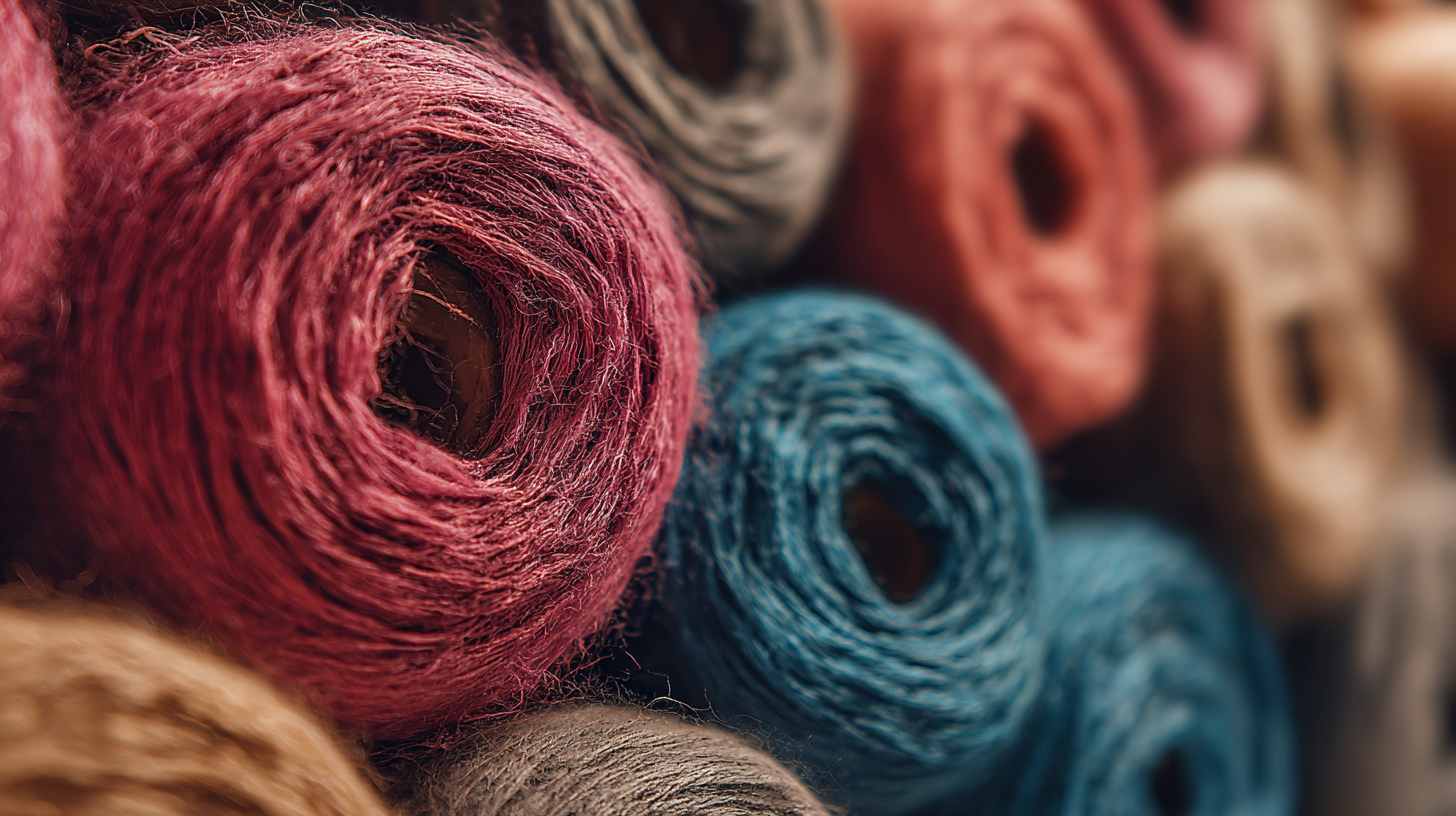 As we explore the innovative applications of Yarn Spuns Pbo Fiber, it becomes essential to consider its potential in various textile products, especially in comparison to traditional fibers.
Shijiazhuang Shielday Technology Co., Ltd. stands at the forefront of this transformation, providing advanced manufacturing solutions for high-performance EMI shielding textiles and conductive wires. With a comprehensive portfolio and custom product development services, Shielday Technology is dedicated to pushing the boundaries of smart textiles, integrating cutting-edge materials like Yarn Spuns Pbo Fiber to meet the demanding needs of modern industries.
This blog delves into the comparative benefits and novel applications of Yarn Spuns Pbo Fiber, highlighting its significance in the future of textile innovation.
As we explore the innovative applications of Yarn Spuns Pbo Fiber, it becomes essential to consider its potential in various textile products, especially in comparison to traditional fibers.
Shijiazhuang Shielday Technology Co., Ltd. stands at the forefront of this transformation, providing advanced manufacturing solutions for high-performance EMI shielding textiles and conductive wires. With a comprehensive portfolio and custom product development services, Shielday Technology is dedicated to pushing the boundaries of smart textiles, integrating cutting-edge materials like Yarn Spuns Pbo Fiber to meet the demanding needs of modern industries.
This blog delves into the comparative benefits and novel applications of Yarn Spuns Pbo Fiber, highlighting its significance in the future of textile innovation.
Innovative Characteristics of PBO Fiber in Textile Engineering
PBO (Poly(p-phenylene-2,6-benzobisoxazole)) fiber is emerging as a game-changer in textile engineering due to its exceptional properties. With a tensile strength up to five times greater than that of steel, PBO fiber offers unmatched durability and abrasion resistance, making it ideal for high-performance applications in various sectors, including aerospace and military. According to a report by the Technical Textile Association, the global market for high-performance fibers, including PBO, is projected to grow at a CAGR of 4.5%, reaching $6.1 billion by 2025. This growth underscores the increasing demand for innovative materials that can withstand extreme conditions while offering lightweight options.
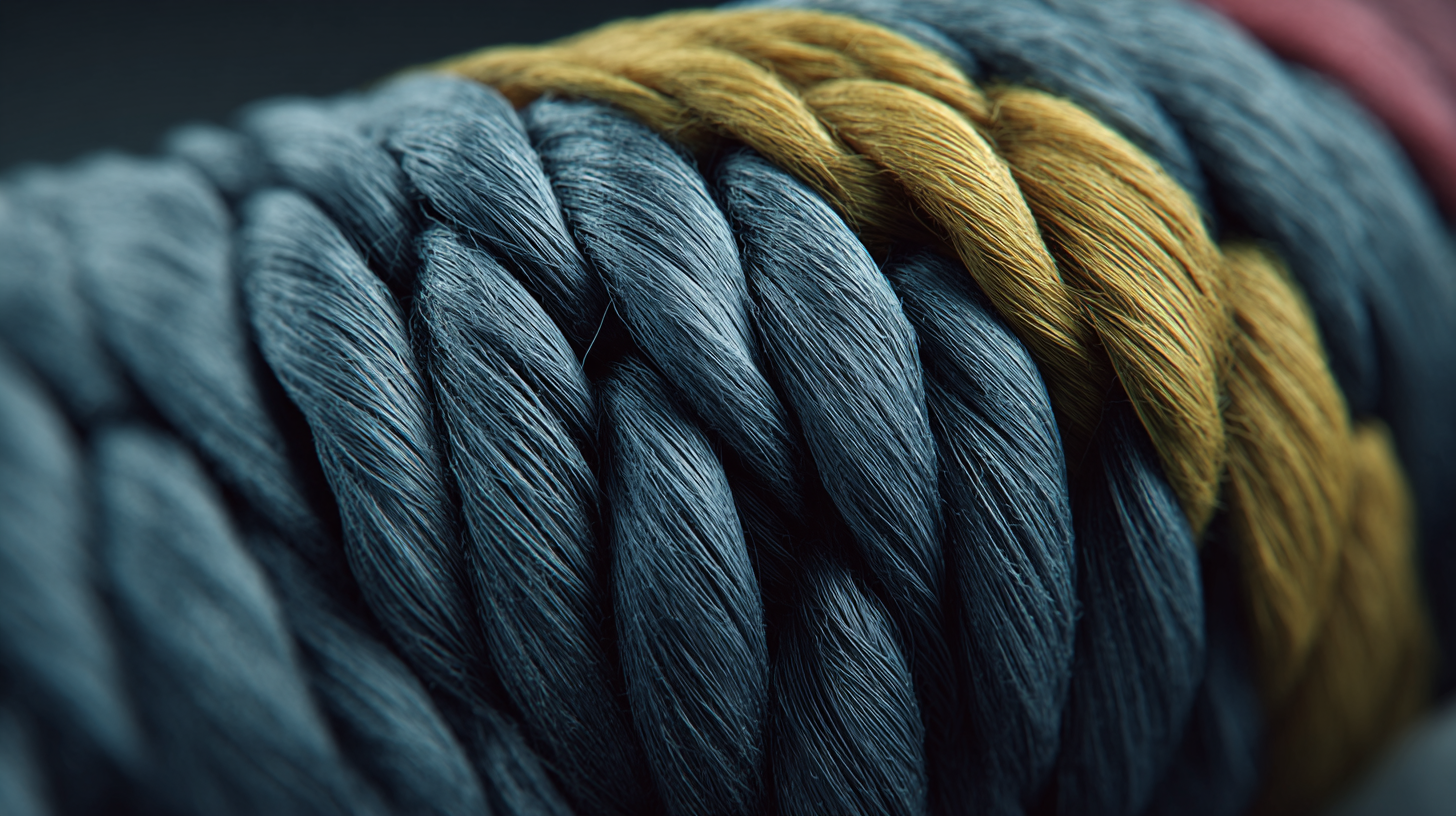
Furthermore, PBO fiber’s thermal and chemical resistance enhances its appeal in modern textiles. Research indicates that PBO can withstand temperatures up to 600°F, making it suitable for protective clothing and industrial applications where heat exposure is a concern. The fiber's resistance to chemicals, including corrosive agents, also positions it as a preferred choice in environments that require high-resilience against harsh substances. A study by the Fiber Science Institute highlights that textiles engineered with PBO fibers maintain their structural integrity and performance, even after prolonged exposure, thus meeting the rigorous demands of today’s industries.
Challenges in Spinning Techniques for PBO Fiber Yarns
The use of PBO (polybenzoxazole) fiber in modern textiles presents a unique set of challenges, particularly in spinning techniques. PBO fiber, known for its high strength and thermal stability, is increasingly being recognized for its potential applications in advanced textiles. However, its inherent properties make it difficult to process. The high melting point and rigidity of PBO fiber require specialized spinning methods that differ significantly from traditional fibers like cotton or polyester.
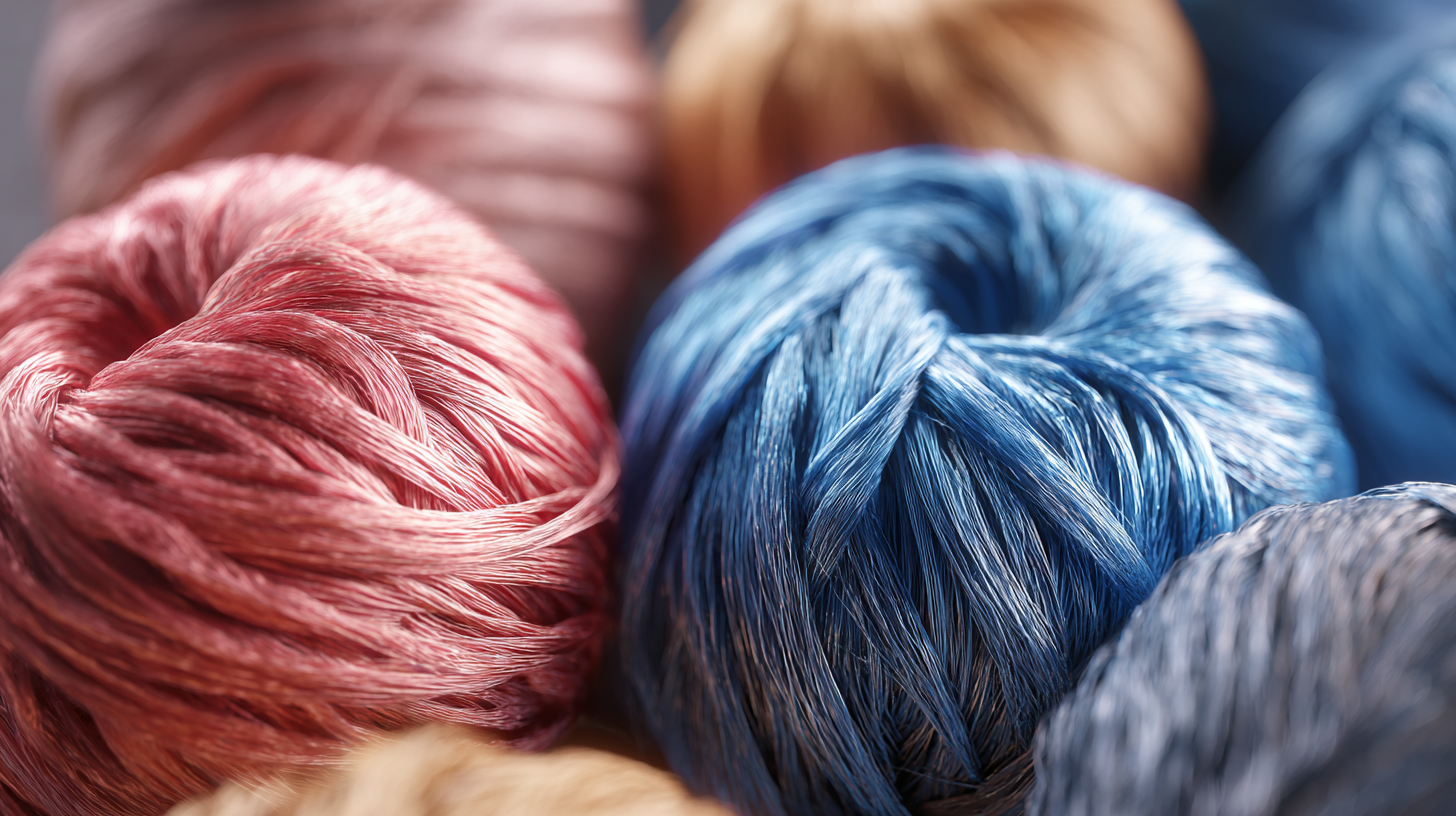
One major challenge lies in the need for precise control during the spinning process. The brittleness of PBO can lead to breakage if not properly managed, necessitating innovations in spinning machinery and techniques. Moreover, achieving consistency in yarn production is crucial to ensure the quality of the end product. Research is ongoing to develop methods that enhance the flexibility of PBO fiber, potentially leading to smoother spinning processes and improved yarn characteristics. As the demand for high-performance textiles grows, addressing these spinning challenges will be vital to fully harnessing the benefits of PBO fiber in the market.
Durability and Performance: PBO Fiber in Extreme Conditions
PBO (Polybenzoxazole) fiber has emerged as a game-changer in the world of textiles, especially for applications requiring extraordinary durability and performance. When subjected to extreme conditions such as high temperatures or chemical exposure, PBO fiber exhibits remarkable resistance that surpasses traditional materials. This exceptional resilience makes it an ideal choice for industries where safety and reliability are paramount, including aerospace, military, and firefighting gear. The unique structure of PBO fiber contributes to its superior strength-to-weight ratio, allowing for lightweight yet robust textile solutions.
In addition to its mechanical properties, PBO fiber also demonstrates outstanding thermal stability. It can withstand temperatures exceeding 600 degrees Celsius, making it invaluable in environments where thermal protection is essential. In the realm of technical textiles, PBO fiber is being incorporated into protective clothing, harnesses, and even sports gear designed for extreme activities. Its ability to maintain performance under duress not only enhances safety but also ensures the longevity of the products made from it, resulting in lower replacement costs and reduced environmental impact. The integration of PBO fiber continues to broaden the horizons of innovative textile applications, pushing the limits of what is possible in demanding settings.
Sustainability Considerations in PBO Fiber Production
The production of PBO fiber, known for its high-performance characteristics, must also align with sustainability goals to minimize environmental impact. As the textile industry increasingly prioritizes eco-friendly practices, manufacturers are exploring ways to reduce energy consumption and waste during the production process of PBO fibers. Innovations such as closed-loop systems, where solvents are recycled and reused, can significantly diminish harmful byproducts, leading to a more sustainable manufacturing approach.
Another essential consideration in the sustainability of PBO fibers is the sourcing of raw materials. Utilizing bio-based options or recycled materials not only lessens the reliance on petroleum-based products but also enhances the overall environmental footprint of the textiles produced. Additionally, producers are actively seeking to improve the lifecycle of PBO fiber products through recycling initiatives that enable the reuse of textiles at the end of their life cycle, promoting a circular economy. By integrating these sustainability considerations, the textile industry can embrace innovative PBO fiber applications while prioritizing environmental health.
Exploring Innovative Applications of Yarn Spuns Pbo Fiber in Modern Textiles - Sustainability Considerations in PBO Fiber Production
| Application | Benefits | Sustainability Impact | Challenges | Future Potential |
|---|---|---|---|---|
| High-Performance Sportswear | Enhanced durability and moisture-wicking properties | Reduced waste due to long lifespan | Higher production costs | Growing demand in athletic industries |
| Protective Clothing | Fire resistance and chemical protection | Less environmental impact compared to synthetic alternatives | Limited awareness and market penetration | Expanding applications in industrial sectors |
| Fashion Textiles | Unique textures and aesthetic appeal | Potential for eco-friendly dyes and processes | Perception of high price point | Increasing interest in sustainable fashion |
| Home Textiles | Comfort and longevity in household items | Eco-friendly production methods | Market education needed | Potential for innovative home products |
| Medical Textiles | Biocompatibility and functional properties | Lower environmental toll than traditional materials | Regulatory hurdles | Growing sector with technological advancements |
Comparative Analysis: PBO Fiber vs. Traditional Yarn Materials
The recent advancements in textile technology have brought PBO fiber into the spotlight, particularly when compared to traditional yarn materials such as para-aramid. With a modulus 220% that of para-aramid, PBO fibers exhibit remarkable fatigue life and mechanical properties that position them as a superior alternative in various applications, including high-performance textiles. This advantage not only enhances the durability of fabrics but also improves their flexibility and resilience under stress.
Moreover, emerging weaving technologies, such as the innovative 3D weaving loom design, are paving the way for new composite structures reinforced with PBO fibers. These 3D woven textiles offer enhanced functionality and performance, showcasing how PBO fibers can revolutionize modern textile production. The comparative analysis of PBO fiber and traditional materials highlights a significant leap in engineering capabilities, promising to elevate the standards in the textile industry. Through continued exploration and innovation, the diverse applications of PBO fibers are set to redefine the boundaries of what modern textiles can achieve.
Future Trends: The Role of PBO Fiber in Smart Textile Development
The integration of PBO (poly p-phenylenebenzobisoxazole) fiber into smart textile development promises to revolutionize the industry. With an expected market growth rate of around 20% annually, PBO fiber is increasingly recognized for its exceptional strength, thermal stability, and lightweight properties. According to a recent report by Technavio, the global smart textile market is projected to reach $5 billion by 2025, driven largely by advancements in fabric technology that incorporate high-performance materials like PBO.
PBO fiber's unique characteristics make it ideal for applications in various sectors, including military, sports, and medical textiles. For instance, its heat-resistant properties allow for the creation of advanced protective gear, while its lightweight nature enhances wearability and comfort. Additionally, current innovations are focusing on embedding electronics into fabrics. In a report by Markets and Markets, the wearable technology segment alone is set to grow from $27 billion in 2020 to over $62 billion by 2026, showcasing the potential for PBO-infused textiles to disrupt traditional markets and elevate the functionality of clothing. As we look to the future, the role of PBO fiber in smart textiles is clear: it will not only enhance performance but also redefine our interaction with fabric in everyday life.
FAQS
: PBO (Polybenzoxazole) fiber is a high-performance textile known for its exceptional durability and is primarily used in applications requiring safety and reliability, such as aerospace, military, and firefighting gear.
PBO fiber exhibits remarkable resistance to high temperatures and chemical exposure, significantly surpassing traditional materials, making it ideal for demanding environments.
PBO fiber can withstand temperatures exceeding 600 degrees Celsius, making it highly valuable for applications where thermal protection is critical.
PBO fiber provides a superior strength-to-weight ratio and maintains its performance under duress, which enhances safety and ensures longevity in products like protective clothing and sports gear.
Manufacturers are exploring eco-friendly practices by reducing energy consumption and waste during production and utilizing closed-loop systems to recycle solvents, minimizing harmful byproducts.
Sourcing bio-based options or recycled materials helps lessen reliance on petroleum-based products and improves the overall environmental footprint of PBO textiles.
Producers are implementing recycling initiatives that allow for the reuse of textiles at the end of their lifecycle, supporting a circular economy in the textile industry.
By prioritizing environmental health and incorporating sustainable practices, the textile industry can innovate with PBO fiber applications while minimizing the ecological impact.
Conclusion
The blog "Exploring Innovative Applications of Yarn Spuns Pbo Fiber in Modern Textiles" delves into the transformative potential of PBO fiber in the textile industry. It highlights the innovative characteristics of Yarn Spuns Pbo Fiber, emphasizing its unique properties that enhance performance in extreme conditions. Despite the challenges encountered in spinning techniques, the durability and resilience of PBO fibers stand out, promising a new era of functionality for high-performance textiles.
Furthermore, the blog addresses sustainability considerations in PBO fiber production, comparing its environmental impact with traditional yarn materials. As we look to the future, Yarn Spuns Pbo Fiber is poised to play a crucial role in the development of smart textiles, aligning perfectly with the mission of Shijiazhuang Shielday Technology Co., Ltd. to create advanced textiles and custom solutions that meet modern demands.
Related Posts
-

Exceptional Tinned Tinsel Wire Manufacturing in China for Global Buyers
-

2025 Industry Trends in Firefighting Apparel: How to Choose the Best FR Clothing for Safety
-
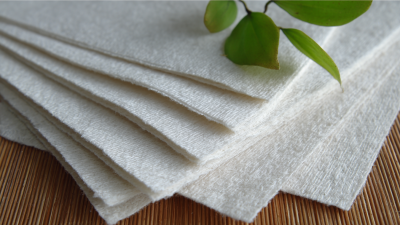
Essential Checklist for Sourcing Bamboo Fiber Nonwoven Fabric: Key Factors to Consider
-
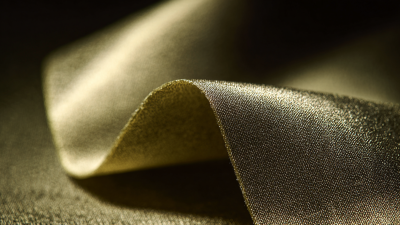
Ultimate Checklist for Sourcing the Best Silver Conductive Fabric Worldwide
-
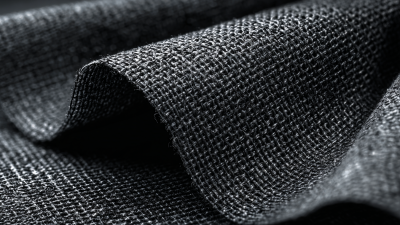
10 Industry Standards for Best Fire Resistant Fabric and 7 Reasons to Choose Them
-
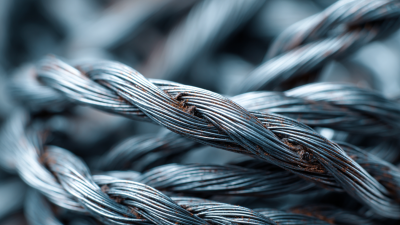
Essential Insights: Your Comprehensive Guide to Metal Gimped Wire Applications and Benefits
Blog Tags:

